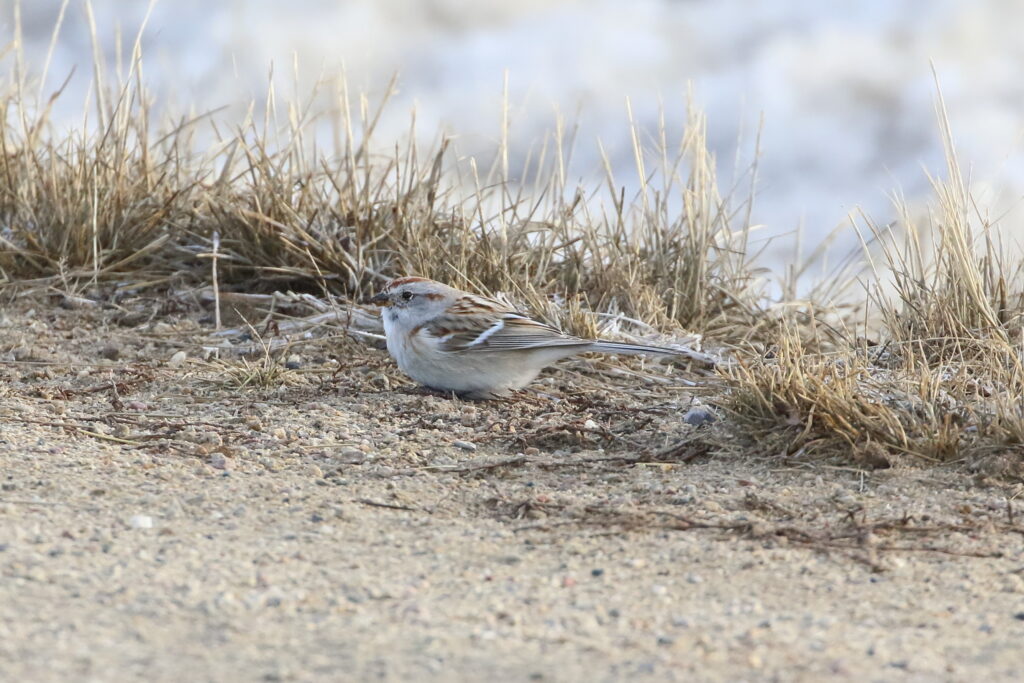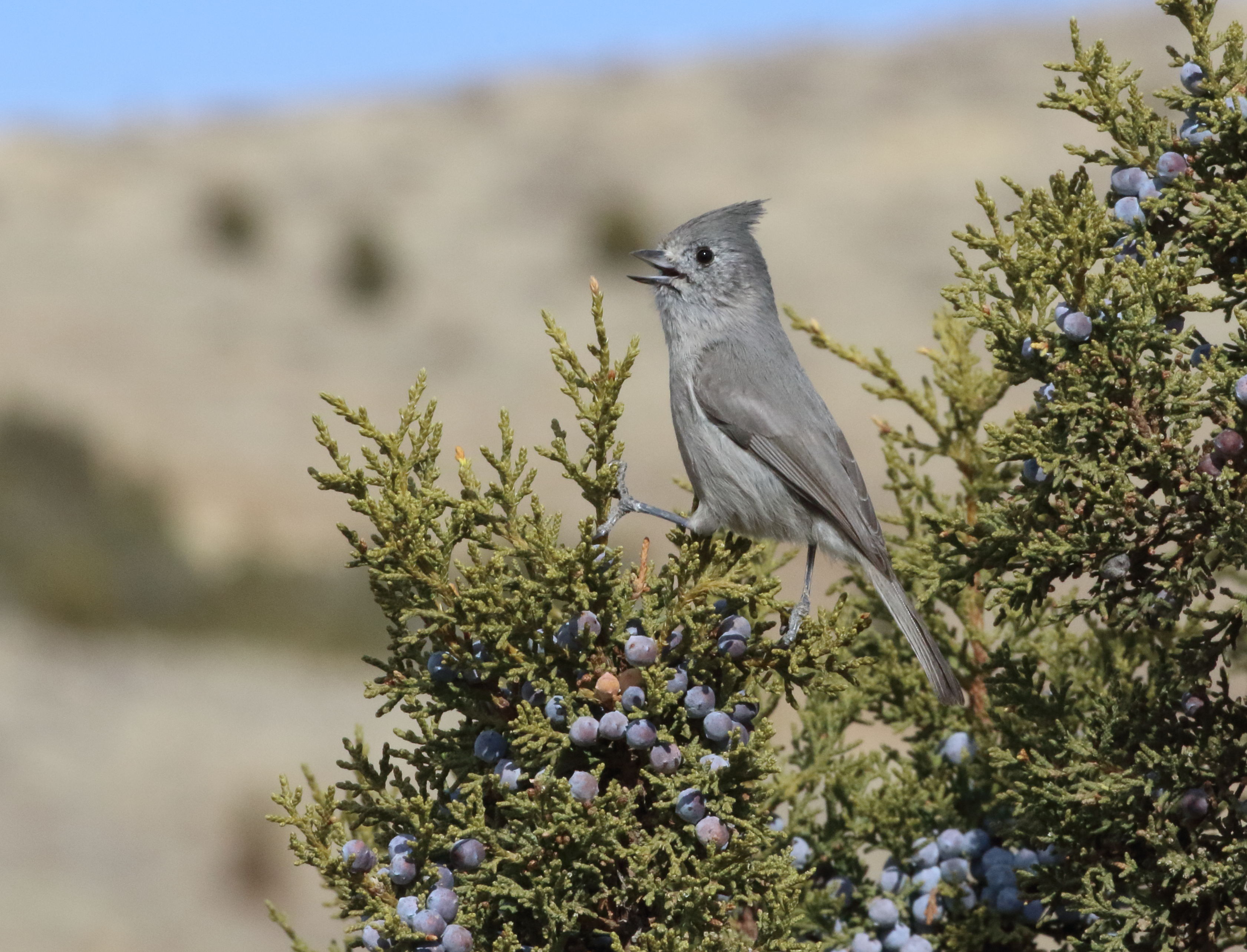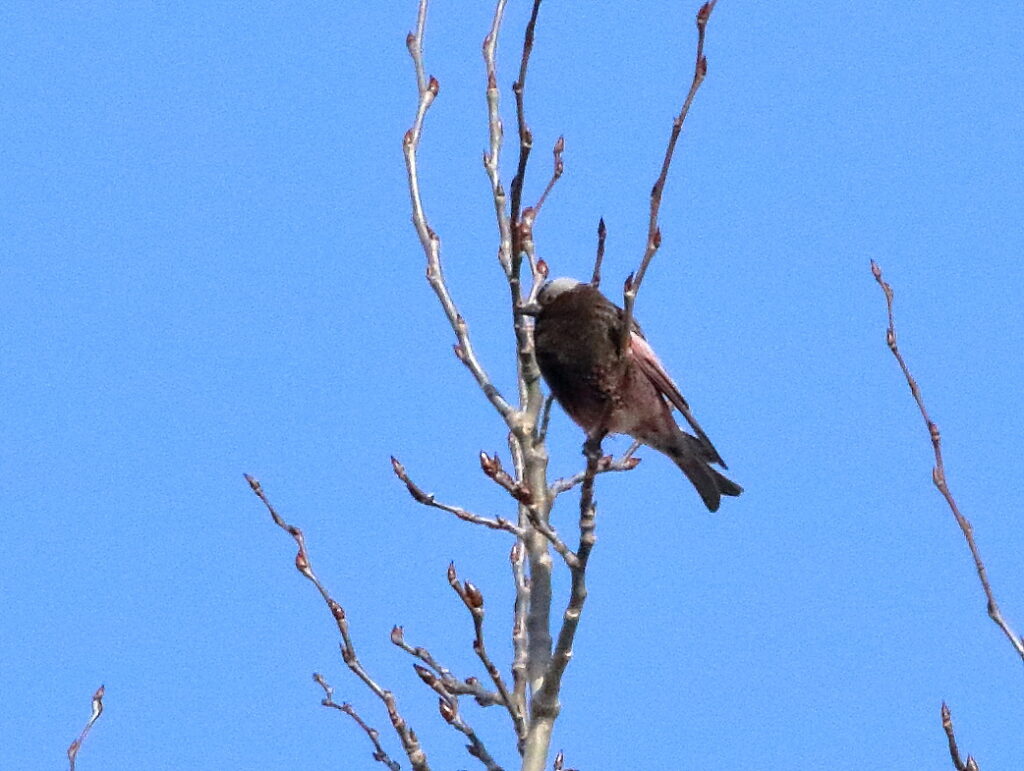Enjoy these posts? Please share with others and subscribe by filling out the boxes down in the right-hand sidebar.
In our last post, I gave the background story of my newest book, Waiting for a Warbler. The irony is that even as I posted it, Braden and I, like many of you, were impatiently waiting for warblers and other spring migrants to show up—so much so that we jumped the gun and leaped into our intrepid minivan for a 1,000-mile road trip. The trip’s main impetus was to hear Boreal Owls after dusk at Lost Trail Pass on the Montana/Idaho border, and things started well as we picked up an uncommon Eurasian Wigeon near Lee Metcalf NWR on the way down. Alas, despite spending two hours hitting the ski area parking lot and various locations along highway 43, we heard not a single bird—this, despite our friend Nick hearing FIVE Boreal Owls several years ago. Disappointed, but not shocked, we proceeded to Wisdom to spend the night at the comfortable Pioneer Mountain Lodge.

Before heading south the next morning, we decided to do a quick tour of Wisdom and were fortunate to spot American Tree Sparrows and a Northern Shrike. Along the highway, our luck continued with great raptor looks, including a ginormous Great Horned Owl sitting on a mile marker next to the road! At the ghost town of Bannack, however, we struck out on Sagebrush Sparrows and Sage Thrashers (still too early) and, after “dipping” on Chukars in Dillon as well, decided to head to Idaho for our first interstate birding in months.
We were especially excited to visit Camas National Wildlife Refuge, but when we arrived, instead of ponds overflowing with waterfowl, we found depressing drying mud with a few determined Canada Geese and Mallards wondering what the heck was going on. We wondered, too, and a little research pointed both to a dry year and, more crucially, a lowered water table caused by over-pumping of groundwater by agricultural interests. This is a situation faced by more and more places in the West and national wildlife refuges seem to be particularly at risk as their budgets for new wells, staff, and infrastructure haven’t nearly kept up with their needs (see the Audubon article “Overwhelmed and Understaffed, Our National Wildlife Refuges Need Help”).

Determined to redeem our day, we pushed on to Pocatello, where we had a delightful hike through juniper forest and saw our Lifer Juniper Titmice. In fact, these wonderful little birds may have ended up being the highlight of our trip as we got to watch them sing, bicker at each other, feed on berries, and generally make the most of life.

The next morning we decided to heed Supertramp’s advice and take the long way home through Craters of the Moon National Monument (closed) and Sun Valley. We had a special interest in Sun Valley because another Lifer, Black Rosy-Finch, had been reported there, and as we drove up a long canyon road we wondered if we would again be disappointed as this was the year’s fourth attempt to find this elusive bird. We arrived and . . . no birds. We hung out for several minutes, though, and suddenly heard finchy chirps above us. The rosy-finches! And not just Black, but Gray-crowned, too. It was particularly gratifying to find these gorgeous little passerines both because we’d looked for them many times and because this might well be Braden’s last chance to see them before he heads east for college this summer. The rosy-finches and titmice made the scenic drive home through the Sawtooths especially enjoyable—and a surprise find of a Ruffed Grouse along the highway extra sweet.


It was been almost two weeks ago now, but I heard Boreal Owls calling at Polebridge. It was around 9pm and we were staying at a cabin about a mile from the Polebridge ranger station.
Hey, that’s awesome, George! Haven’t been to Polebridge for several years, but we were contemplating heading up there. Thanks for the tip!
Sounds like another great road trip for the Dynamic Birder Duo. Anytime one can approach wisdom, you’re on the right track, lol.
I had no idea about these high elevation finch species. A birder’s education is never complete. I also hadn’t heard of Juniper Titmice until we spoke recently. I have come to love their cousins, Oak Titmice, for their loud, clear, and mellifluous calls. Very distinctive and beautiful voices. And I regularly hear a type of call that is not among the recorded calls in the two apps I have. My goal is to record it and upload it to eBird.
I liked your use of hyperlinks in this post. e.g.., to a species page on eBird and to the Audobon article, which I’ll read shortly. More of that, please!
Hey, no photo of the ginormous GHO?! Duuuudes, give your fans a taste of what we want!
Bird on, Dudes.
Glad you enjoyed the post, Roger, and learned about rosy-finches–certainly some of the ABA’s more elusive birds unless you happen to live in Colorado. Good luck getting that call recording posted, too. Braden is trying to post up some recordings these days, too.
As far as the Great Horned Owl, we at FatherSonBirding.com endeavor to keep our audience satisfied, but getting a photo of an owl while you are whizzing by it at 65 miles per hour poses a challenge for even the most dynamic birding duo. We actually considered turning around, but didn’t want to bother it. We are getting a lot of great looks at this species this year, though.
As an Idahoan (grew up on a farm in Jerome) I was happy to see and read this post. And lo and behold, when I just saw a Juniper Titmouse last week in Pinnacles National Park, I thought to check range and I guess it turns out we got our lifer Oak Titmouse! (We had a number of lifers on our San Francisco trip last week).
Glad you got some rosy-finches and enjoy the next weeks and months the best you can!
So funny you got your Lifer Oak Titmouse while we got Juniper. Titmice are all delightful birds. Did you happen to get Lawrence’s Goldfinch?
You’re kind of a nut doing a 1000 mile trip but in a good way. Of course, i imagined you desperately looking for good Mexican food once your attention focused away from birds and onto your empty stomach. Of course, my memory that we had leftover carnitas from the Trader Joes distracted me from finishing the article and i stopped to make microwave enchiladas from the carnitas, cheddar cheese, and a small can of El Pato Salsa de Chile Fresca. Yes microwave cooking. It was so excellent that I couldn’t continue writing this post without stopping and finishing a second helping. Knowing you, I think you will always search for Mexican food on all your future birding trips which might be a mean thing since you live in Montana and I suspect the density of Mexican places is lower than in California. Perhaps birding will become an excuse for searching for Mexican food. But back to your post. I was struck by the phrase “Braden traveling east to go to college.” Is anything official? Has Braden been accepted to his college of choice or second? Is there occasion to party? My next thought was “What the heck is Sneed going to do when Braden is away?” Will he be thrown into the dullards? Will he wander door to door asking your neighbors (a bit pitifully) “Will you go birding with me?”
Scott, I am astonished that you intuited that we searched for Mexican food on this trip—and found it! In Sun Valley. Unfortunately, it set the bar for mediocrity so my unfulfilled Mexican Food longing continues. Braden has indeed been accepted to several colleges, but is still waiting to hear from choices #1 and #2. We will report on the results. As far as what I will do when he is away, I will be demanding that you and Roger come to Montana to bird with me.